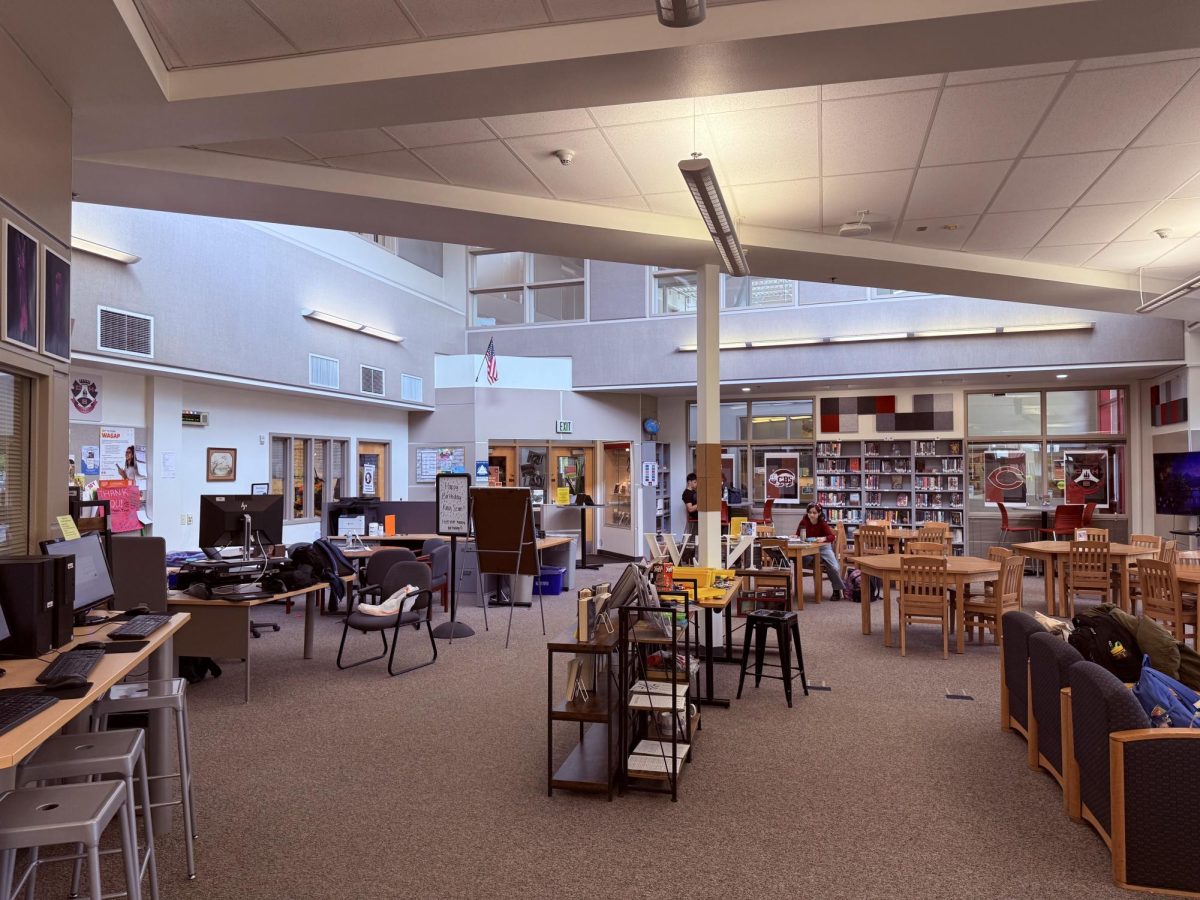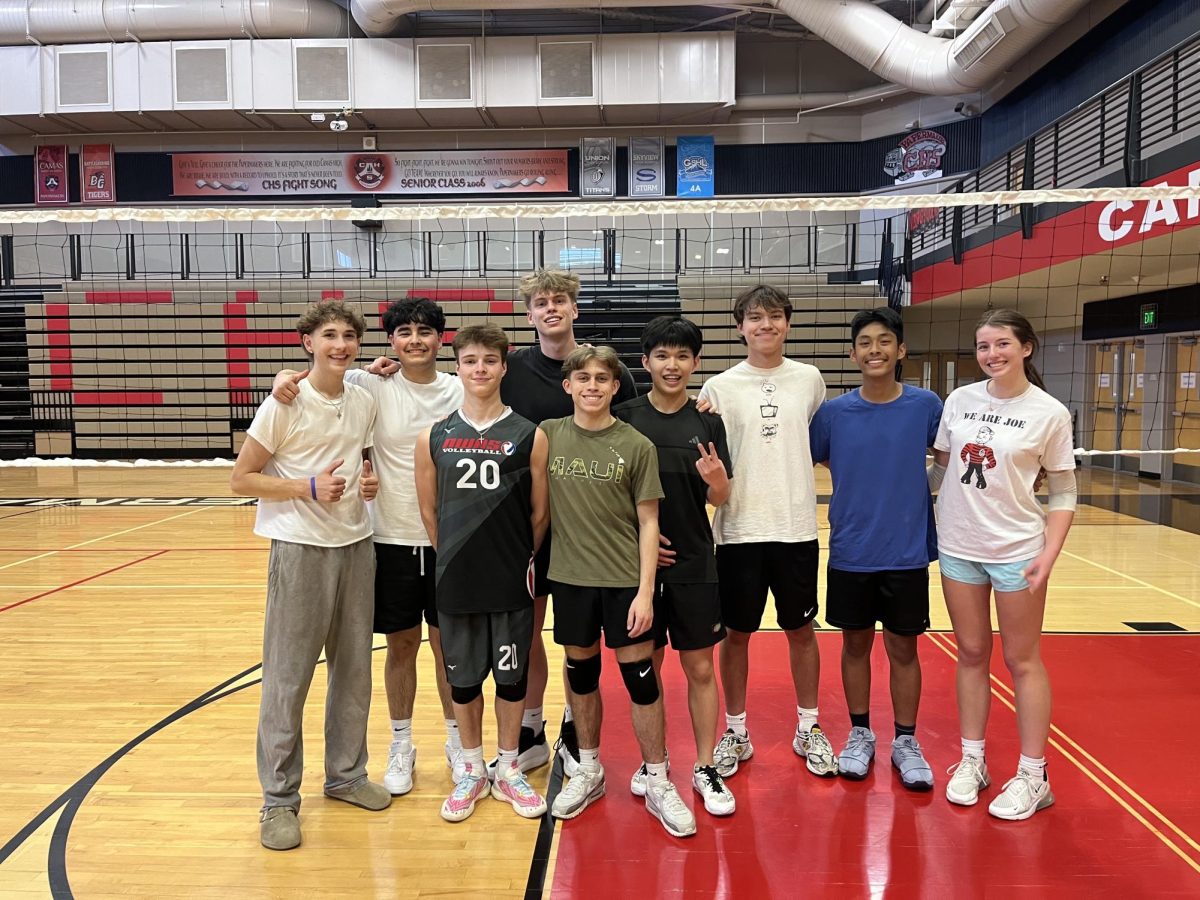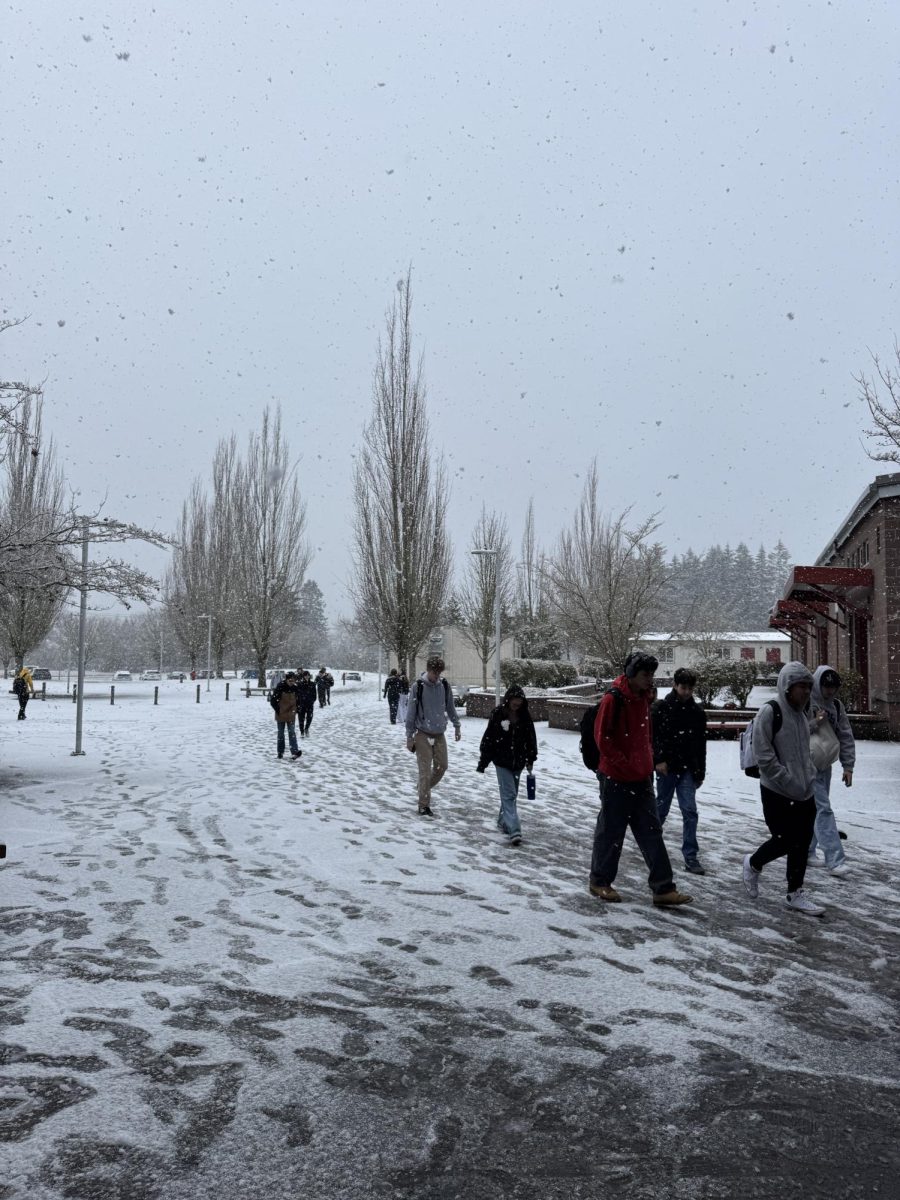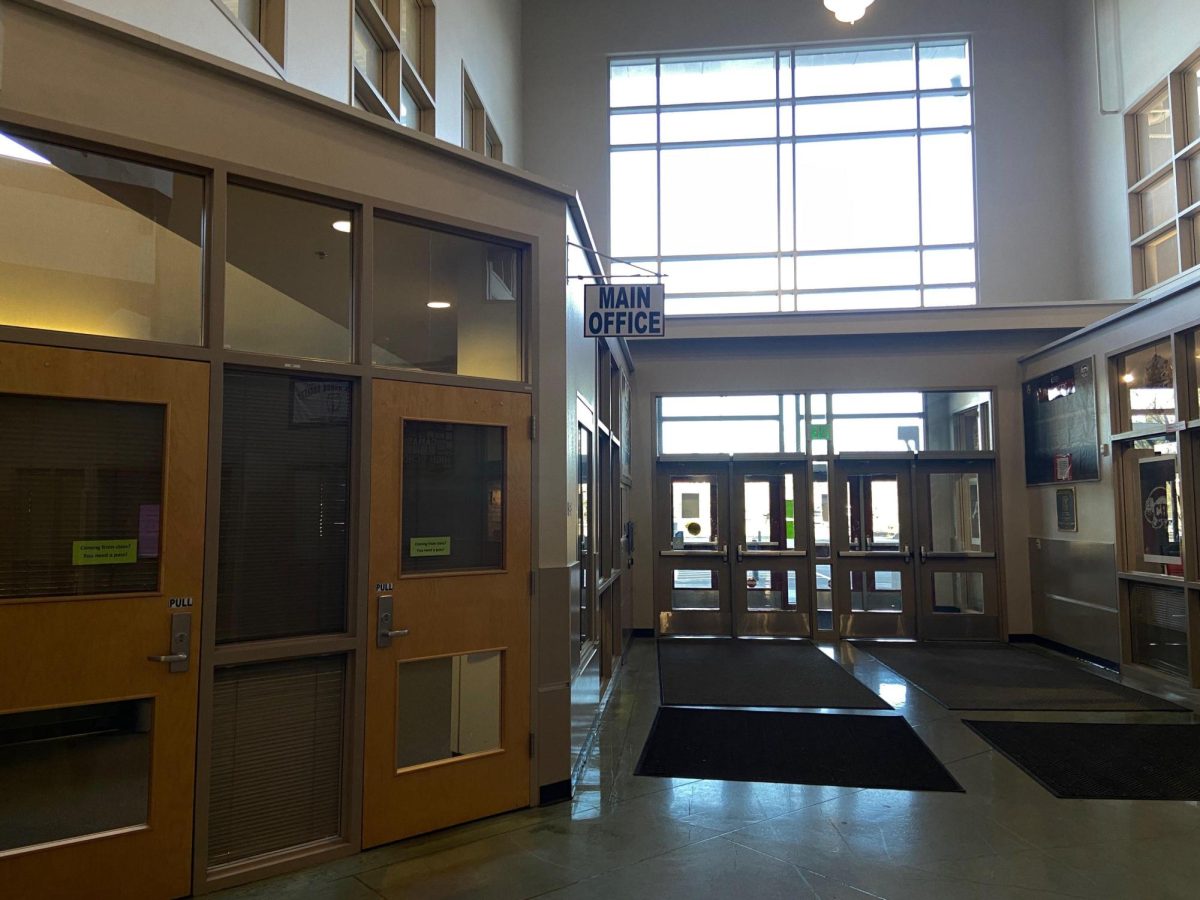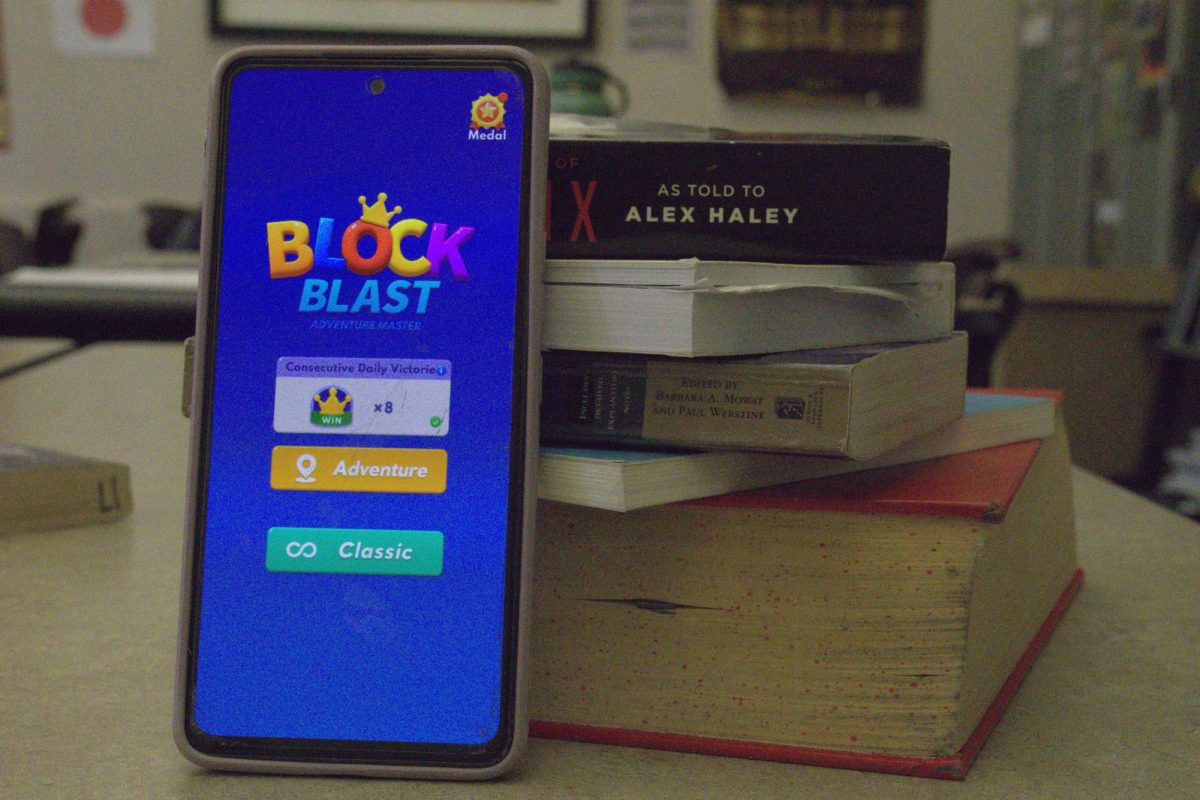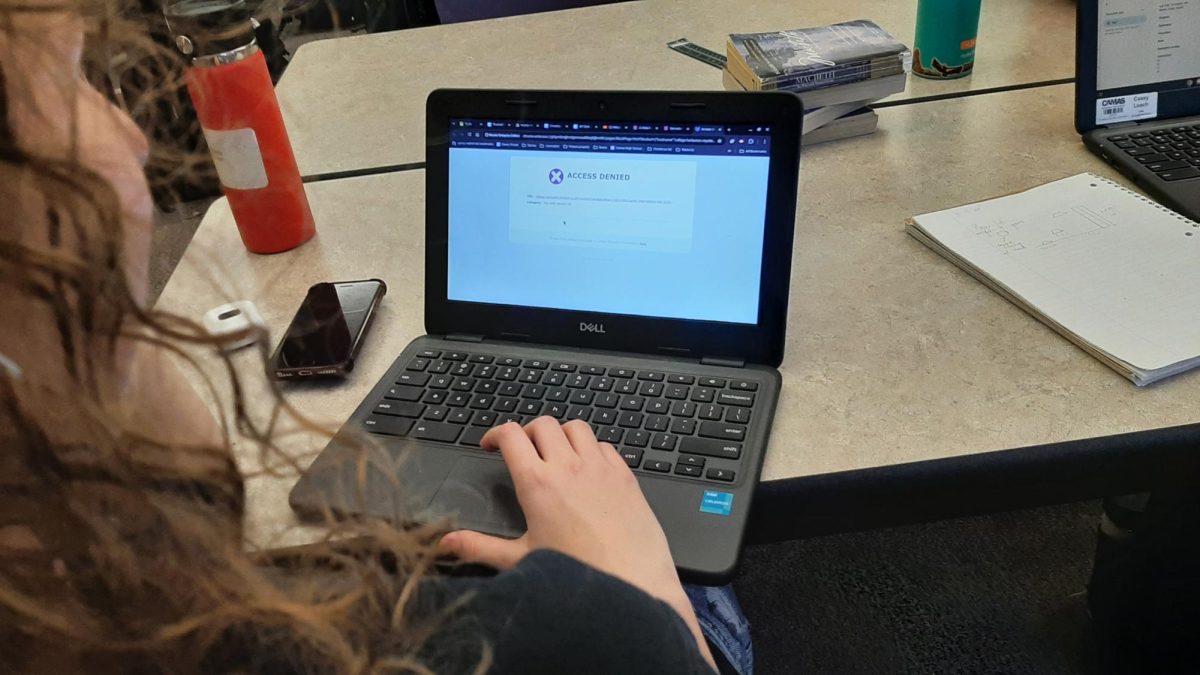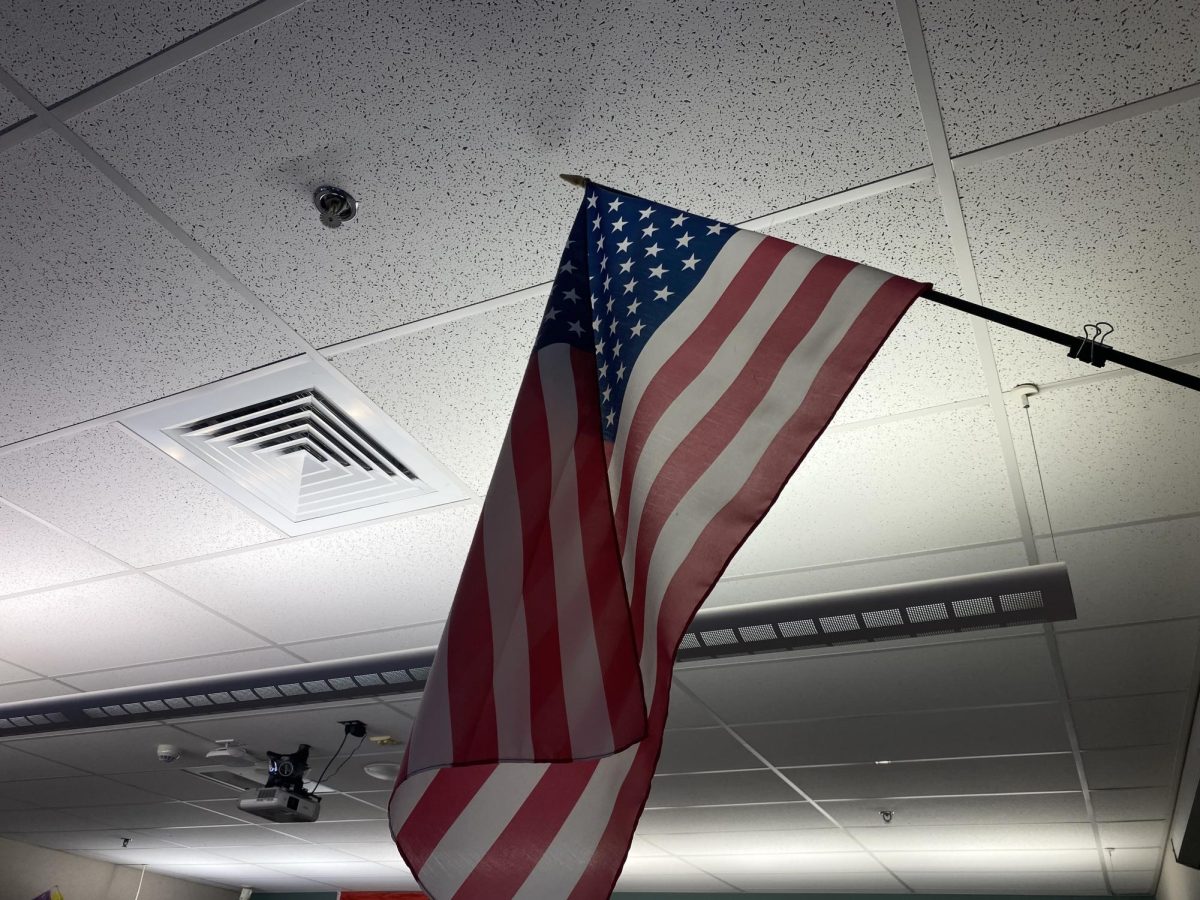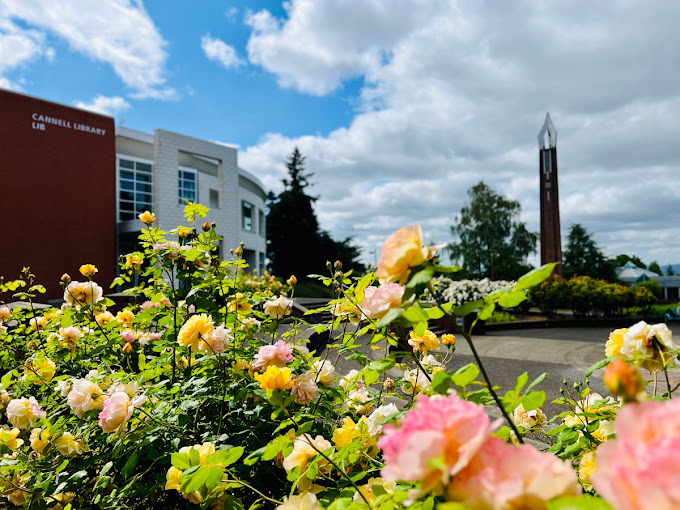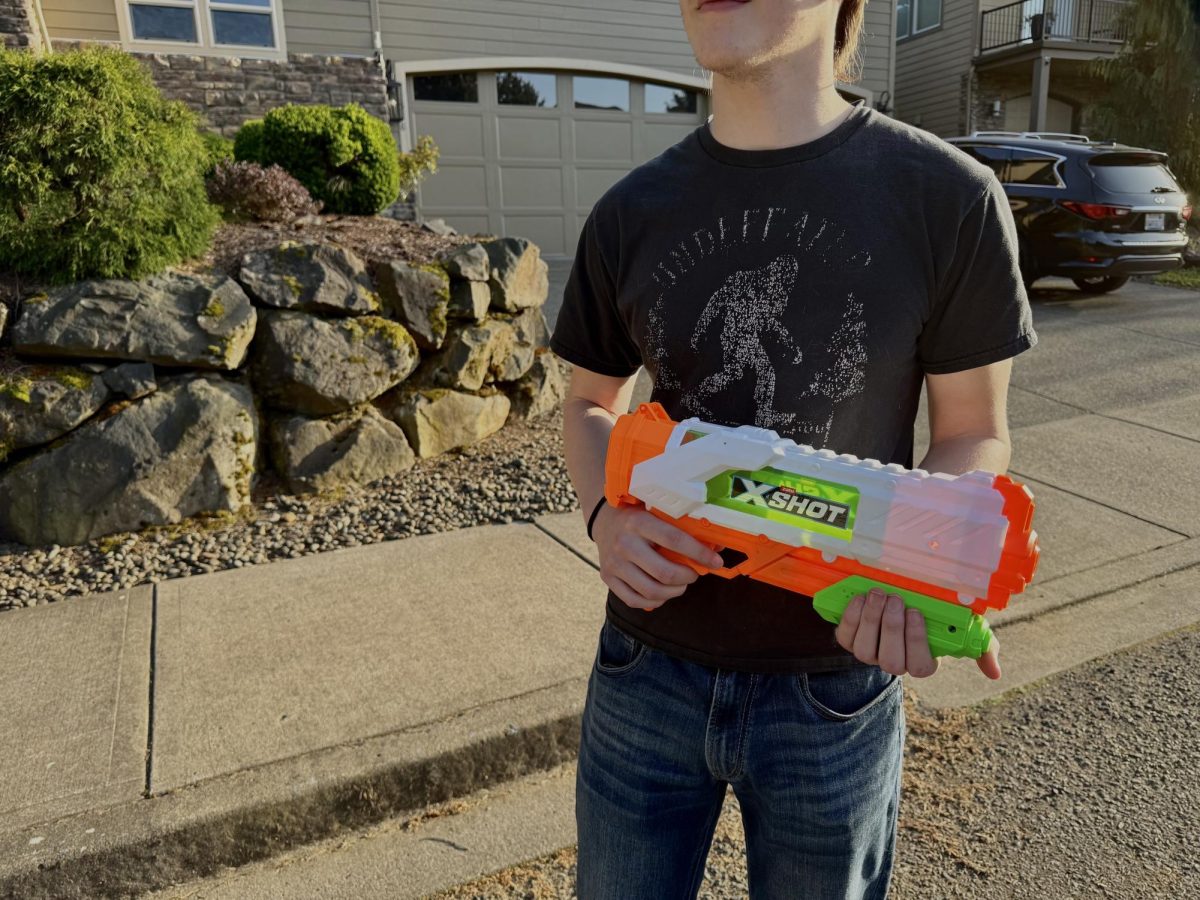Student searches have been a continuous issue throughout the years, an intersection between education, privacy and law enforcement. Supreme Court cases such as Tinker v. Des Moines in 1969 and New Jersey v. T.L.O. in 1984 allowed for more freedom of expression within the school environment. In these cases, the Supreme Court ruled that students’ constitutional rights extend to the school environment.
The court determined that schools have the right to conduct warrantless searches on students if they have “reasonable suspicion” that a student is violating the law. What qualifies as “reasonable suspicion” has spurred many arguments throughout the years, as it is difficult to balance students’ privacy rights while maintaining a safe school environment.
Some argue that student searches are an invasion of privacy, allowing school officials too much leeway without sufficient justification. The term, “reasonable suspicion” is fairly broad, and students may feel that their privacy is being violated without just cause.
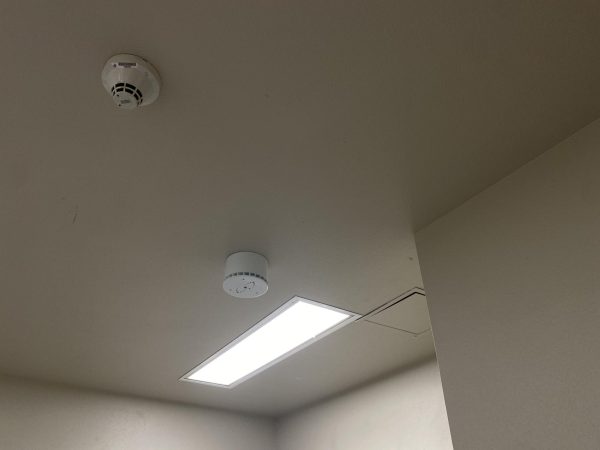
Currently, at Camas High School (CHS), student searches have been occurring more frequently as a result of the installation of vape sensors in the bathrooms. Once the alarm goes off, anyone who had been in the bathroom around that time may be subjected to a search. This has caused much frustration among students, as simply being in the wrong place at the wrong time can lead to what many consider, an invasion of their privacy.
“They took us down to the main office, and I had to empty out all my pockets,” CHS sophomore Anna Caine said, “They made me empty my entire backpack. I had to take my shoes off and shake my pant legs out. Then they scanned me with a metal detector.”
These searches have led to a lack of trust in authority around the school. They may distrust the administration conducting the searches, as students perceive biases based on their appearance. This has led students undergoing the searches to feel skeptical about the motives behind the searches and the fairness of the entire process.
“It really should be the same protocol for everyone,” CHS sophomore Kaitlyn Miller said. “I just don’t think it was fair that Anna was searched so hard while I just got a backpack and pocket check.”
Others argue that student searches help to maintain a safe environment within schools. Searches enable school officials to address potential threats to student safety such as drugs, weapons and other prohibited items. The process is intended to be standardized and fair for all students.
“When a sensor goes off in the bathroom, we will pull whoever is in the bathroom out. We give them the chance to offer up if they have vape on them.” campus security Mike Reiter said. “It’s not a one hundred percent search, everybody is treated the same way. It’s pretty non-invasive.”
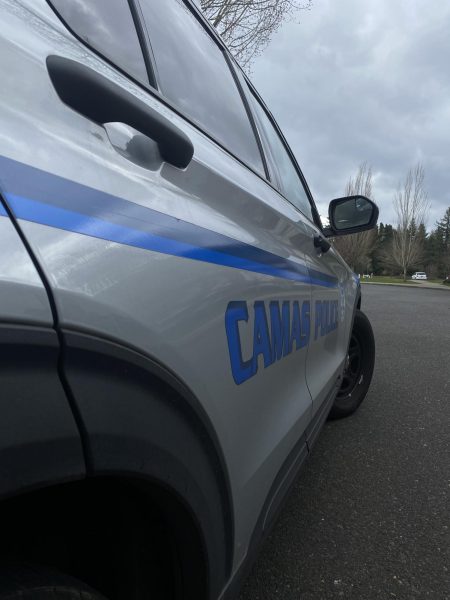
School searches are typically conducted with a lower legal standard than those conducted by officers in the field. School administrators can conduct searches based on “reasonable suspicion,” while officers must have “probable cause” to search a suspect. While probable cause relies on objective circumstances and evidence, reasonable suspicion requires little evidence.
“In the police world, we like to say 51 percent probability to make an arrest. That’s probable cause,” School Resource Officer Brent Mayhugh said. “For searches it’s different… if I have no other evidence, they can completely refuse a search.”
Student searches allow school administrators to prevent the presence of drugs, weapons or other harmful items on school grounds. Although, some argue that these searches are against the students’ Fourth Amendment protections, while others believe that they are necessary to maintain school safety.



